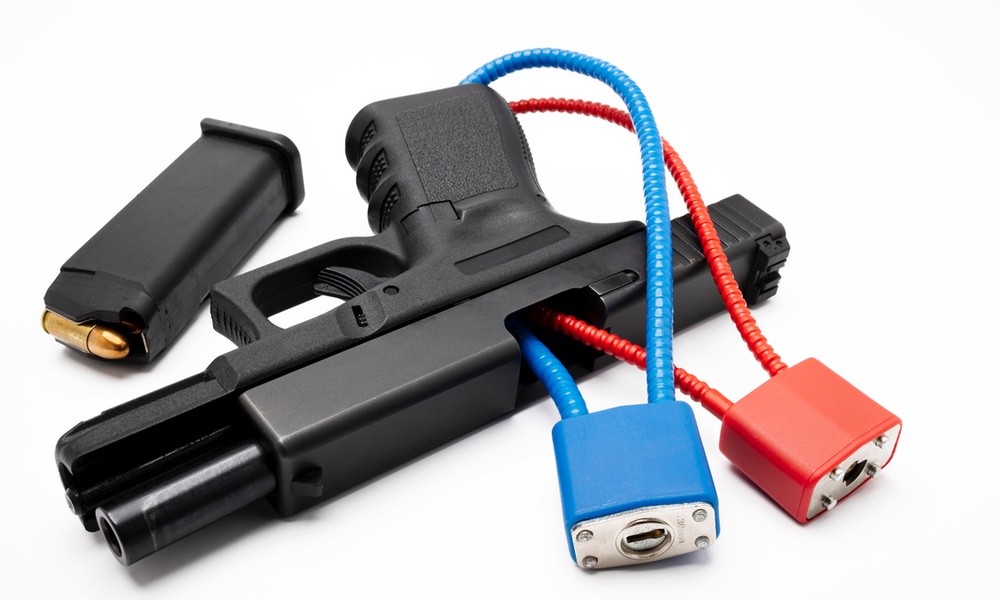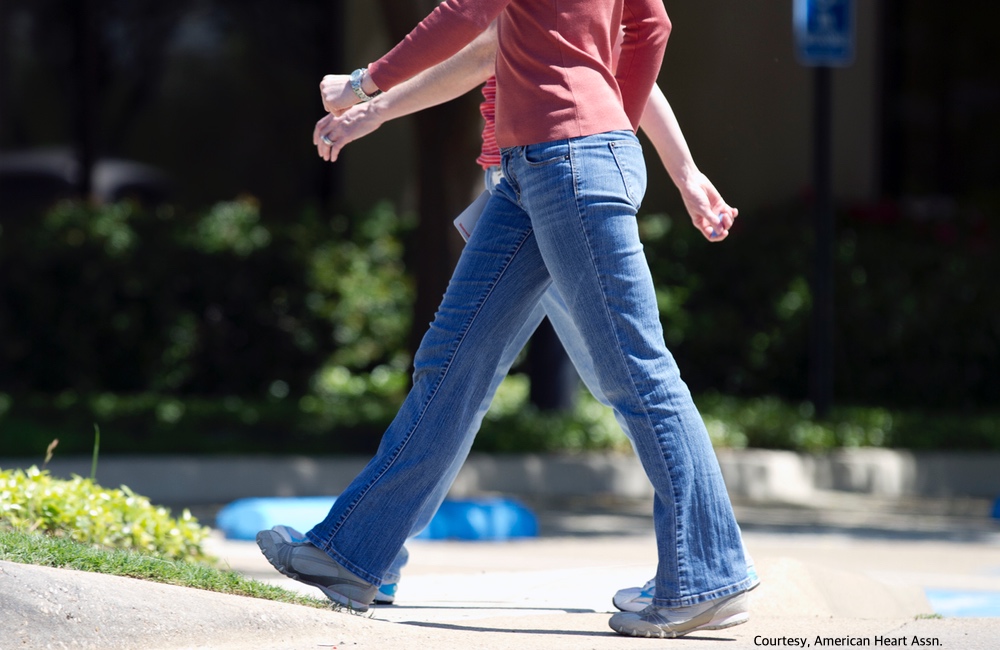Firearm-related injuries are now the leading cause of death in children ages 1 to 19, surpassing motor vehicle accidents for the first time, according to the most recent statistics from the Centers for Disease Control and Prevention.
Most children who die from accidental shootings are playing around with guns at home or mistaking them for toys.
Parents may not know that an unsecured gun is accessible in a home where their child goes to play. But there may be a way to reduce, or even prevent, the risk of your child being involved in an accidental shooting, a recent study by researchers at Ohio State University found. Having kids watch a short video on gun safety made children much more likely to treat the presence of a gun with the kind of caution it deserves.
The two-part study involved 226 children between the ages of eight to 12 who participated in pairs. Kids were paired with siblings, cousins or friends they already knew.A lab on campus was turned into a playroom with a variety of toys and games in the room, as well as an unlocked cabinet containing two disabled 9 mm handguns.
In the first part, while the pairs of kids were in their homes, they watched one of two 60-second videos created just for the study. Both videos showed the university’s police chief dressed in uniform, delivering a message. Half of the study’s pairs saw the chief in a car-safety video. The other half saw her in a gun-safety video.
The second half of the study, a week later, took place in a lab on campus that was turned into a playroom with a variety of toys and games in the room, as well as an unlocked cabinet containing two disabled 9 mm handguns. The young participants were asked to enjoy 20 minutes playing in the room.
When the kids came to the playroom, they were told they were allowed to play with any of the toys and games. Researchers and parents were able to watch their activity from another room with the use of a hidden camera.
Here’s what happened:
- Ninety-six percent of the kids (216 out of 226) opened the drawers of the cabinet and found the guns. Although the guns were disabled, they were rigged with a special device that counted how often the kids pulled the trigger.
- Over half of the children (53 percent) touched the gun.
- Fewer than a quarter of the kids (23 percent) told an adult they found a gun.
“Kids are naturally curious, so we’re not surprised that they opened the drawers and found the guns,” Brad Bushman, co-author of the study and professor of communication at Ohio State, said in a press statement.
“The findings that a one-minute gun safety video can reduce the reckless behavior around guns really encouraged us to inform parents and teachers and other educators that you should really educate your kids about gun safety.”
Knowing something about gun safety made a big difference in how kids handled finding the guns, however. Those kids who had watched the gun-safety video were:
- Less likely to touch the guns (39 percent vs 67 percent)
- Less likely to hold them for longer periods of time (42 vs. 100 seconds)
- Less likely to pull the trigger (9 percent vs. 30 percent)
- And three times more likely (34 percent vs. 11 percent) to tell an adult that that they had found the guns.
“The findings that a one-minute gun safety video can reduce the reckless behavior around guns really encouraged us to inform parents and teachers and other educators that you should really educate your kids about gun safety,” Sophie Kjaervik, co-author of the study, said.
When you speak with your kids about gun safety, experts suggest that you make it part of a general conversation about safety — and keep the message simple. For example, say: “If you see a gun don’t touch it, even if it looks like a toy” and “Tell an adult right away.”
The study can be found in JAMA Pediatrics.





